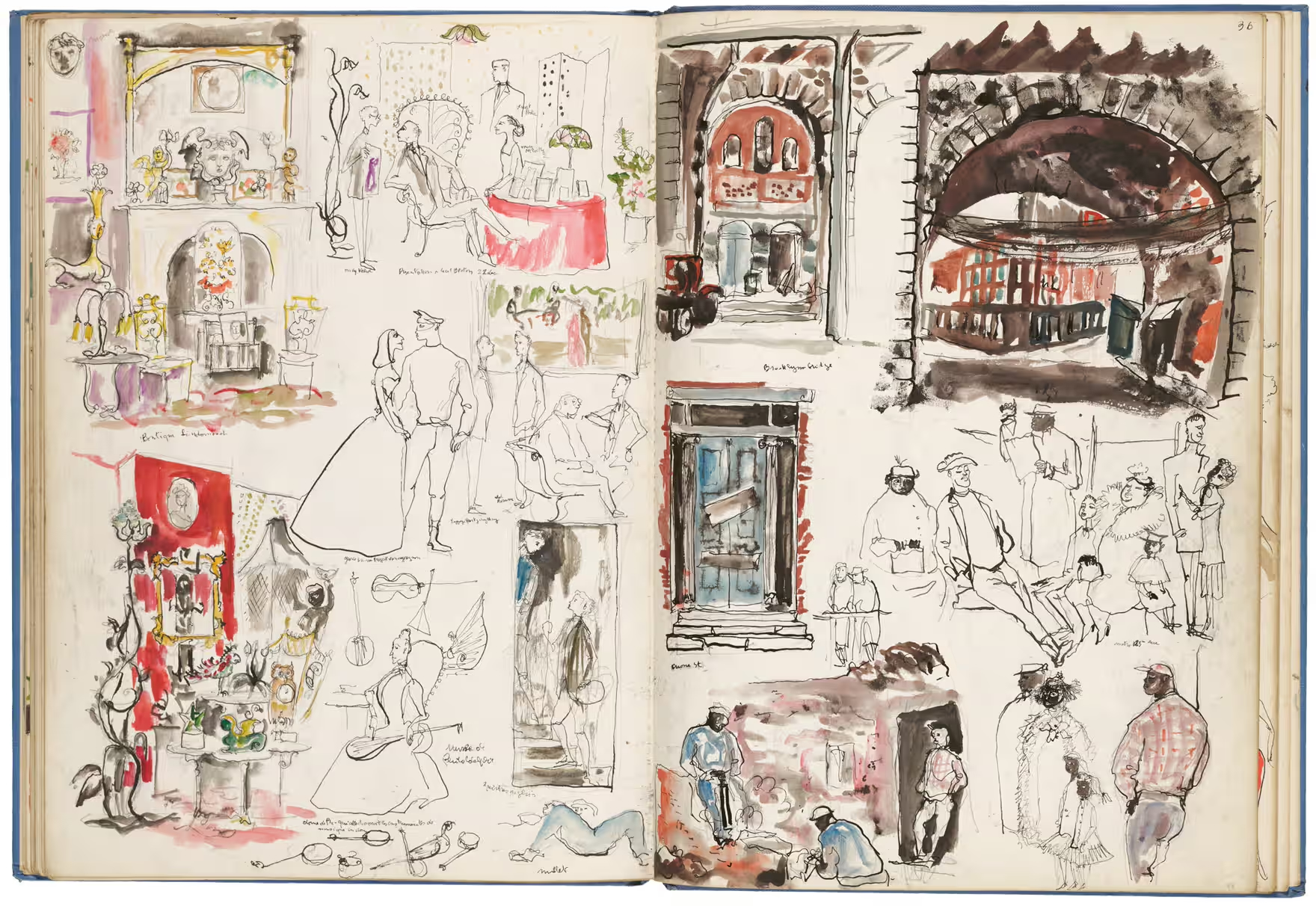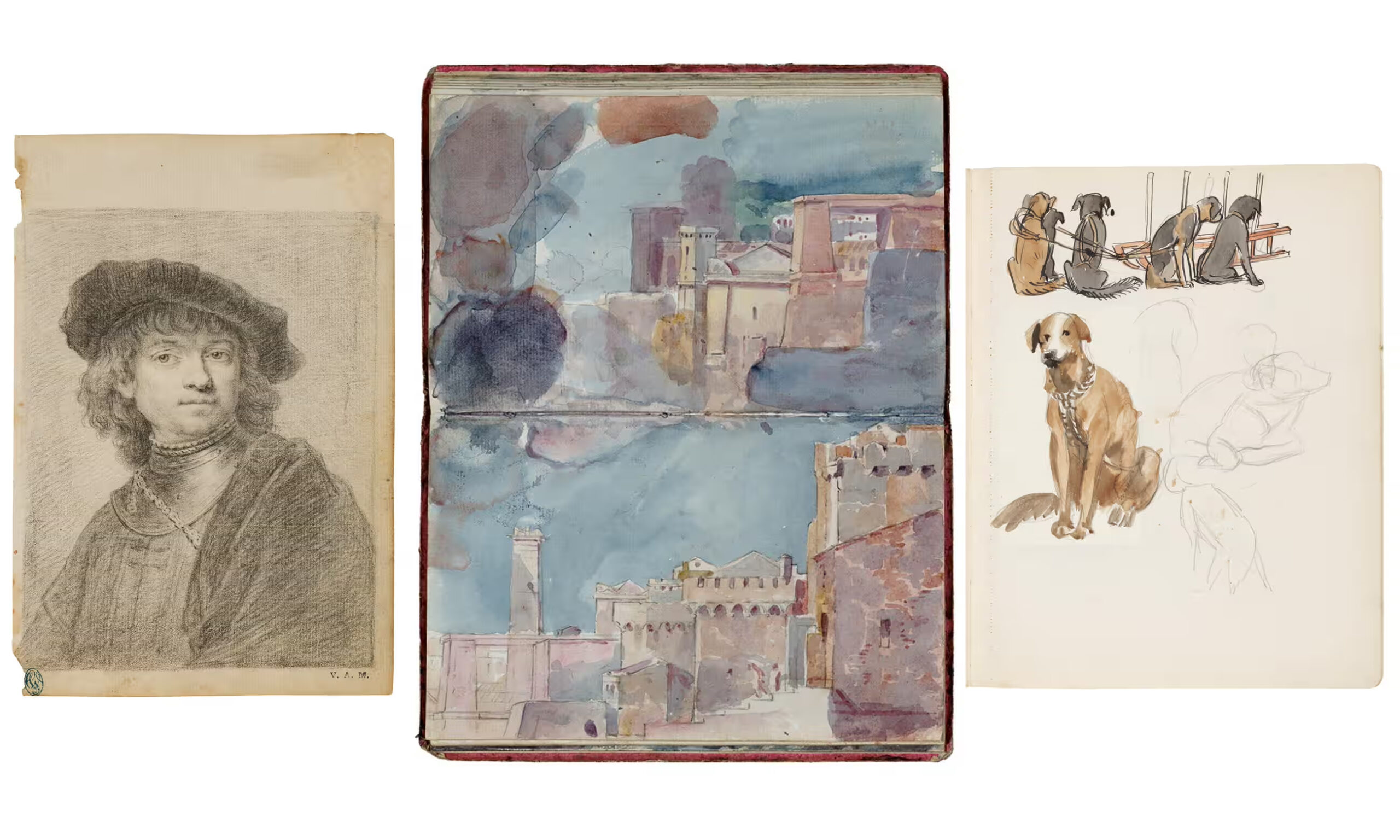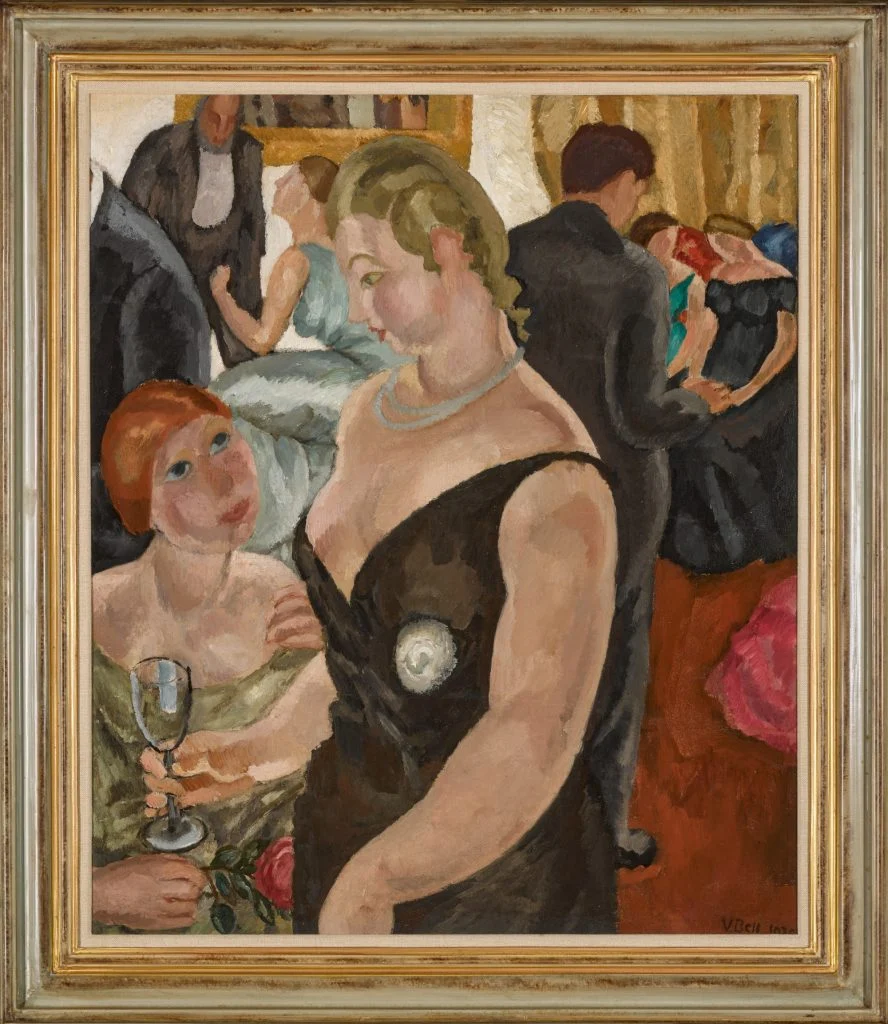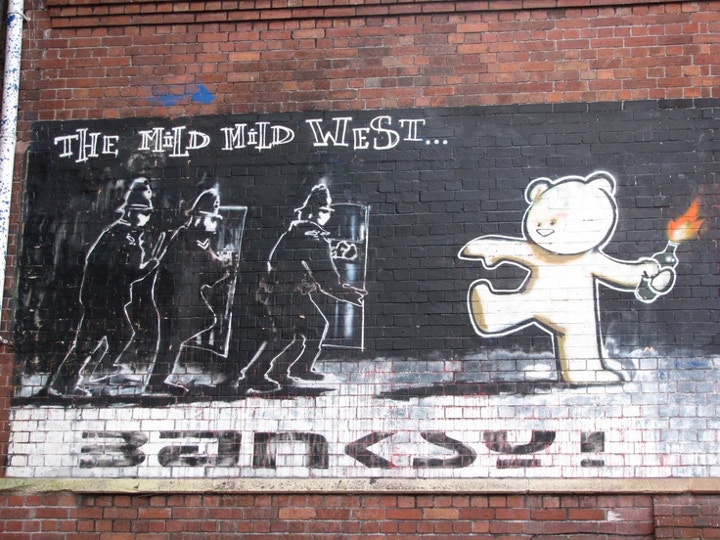What was John Constable doing at 8:30 AM on September 26, 1814? According to his sketchbook, he was in Dedham Vale sketching a scene that would later inspire his painting Stour Valley and Dedham Church. Alongside the sketch, he meticulously noted the date and time, offering a rare glimpse into his creative process.
Constable’s work, along with sketches spanning from the 15th century to today, is featured in The Artist’s Sketchbook, a new collection from the Victoria and Albert Museum (V&A). It showcases not only famous artists like Leonardo da Vinci and Beatrix Potter but also lesser-known talents. These sketchbooks offer an intimate view of the artistic process, from early doodles and notes to more developed ideas.
Jenny Gaschke, senior curator at the V&A, explains that the book features 76 artists selected from nearly 350 sketchbooks. While iconic figures like da Vinci stand out, Gaschke emphasizes that lesser-known names are equally compelling.

One of the most captivating aspects of these sketchbooks is their raw immediacy. We see artists like Edward Burne-Jones experimenting with compositions in The Legend of the Briar Rose, allowing us to witness their creative evolution.
Although sketchbooks have been around since the 13th century, they became widely accessible in the 19th century due to industrialized paper production. Their bound, private nature creates a sense of intimacy, making their publication both a privilege and a dilemma. “The artist didn’t intend for them to be displayed. Should we be looking? But of course, we do,” says Gaschke.
Despite its richness, The Artist’s Sketchbook reflects the biases of the V&A’s collection, which has largely focused on white, male European artists. However, the book offers rare glimpses into the creative lives of women, such as Mrs. Hughes in 1766 and Sophia Jenkins in 1818.
These obscure works, often hidden from galleries or the internet, are now accessible, encouraging readers to explore their own creativity. Even in the digital age, Gaschke insists, the sketchbook remains a brilliant way to capture fleeting moments of inspiration.









